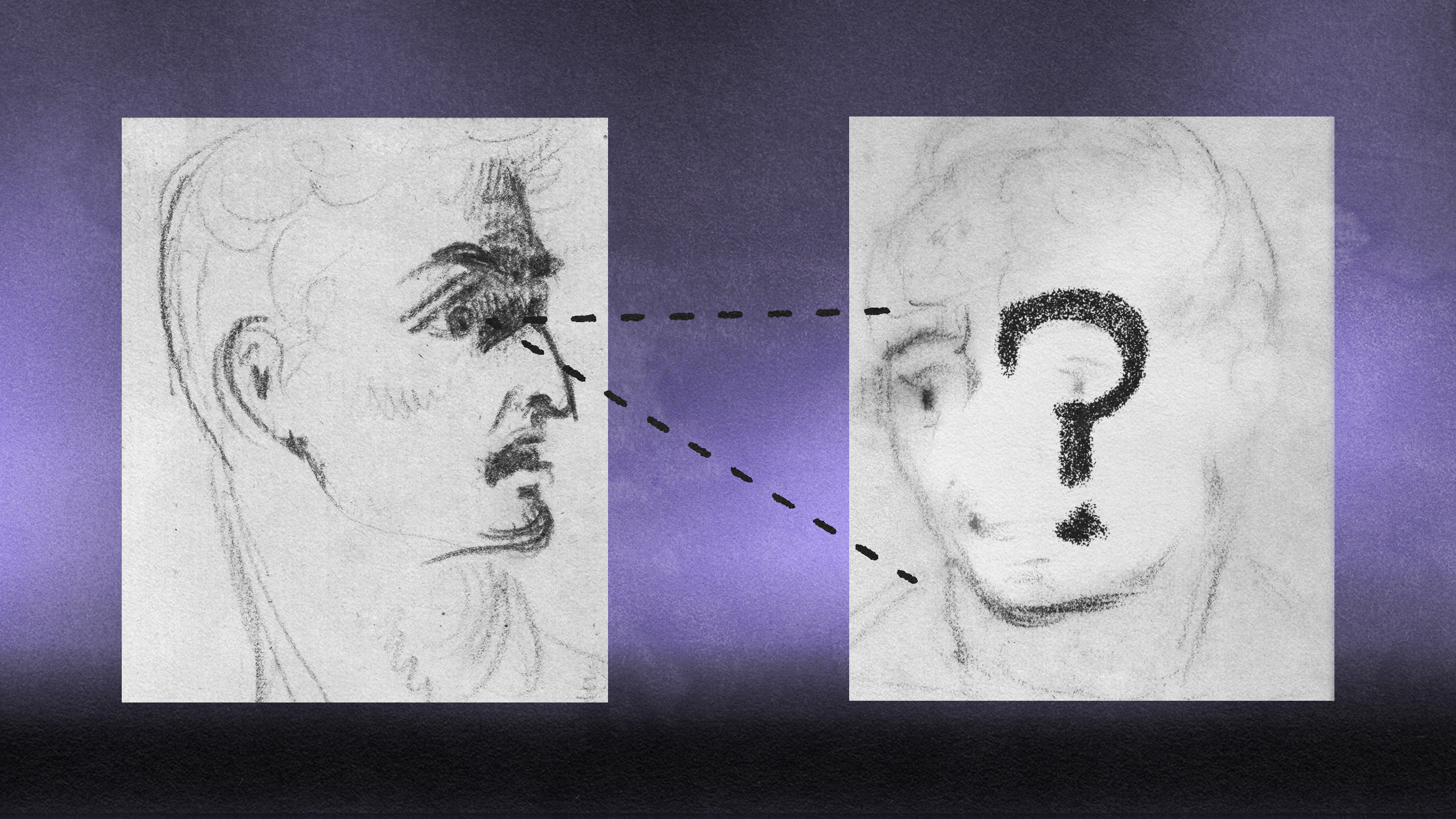Everyone is wrong about “Love Languages.” Here’s why.

- “Love Languages” may be the most popular framework for having a successful relationship. The idea, created by evangelical pastor Gary Chapman, is that to make your partner feel truly loved, you must show them affection in their preferred “language.”
- But in the 30 years since Chapman put forth the idea, scientists have not been able to find evidence supporting it. Partners who share the same primary language are no more content than those who do not.
- An alternative explanation for why his advice has been lauded by so many is that it provides an opportunity for partners to communicate about their needs and desires.
There’s perhaps no other relationship theory with greater staying power or wider appeal than “Love Languages.” Birthed in a perennially best-selling book over three decades ago, the idea remains ever-present in popular media, dating apps, and social media. The book’s resonant success might make you assume that the theory was born in the lab of a superstar relationship psychologist, but the notion has humbler origins.
The 5 Love Languages
The architect of the theory is evangelical pastor Gary Chapman. When he wrote The 5 Love Languages: How to Express Heartfelt Commitment to Your Mate in 1992, he had no idea that the book would go on to sell 20 million copies and be translated into 50 languages. He simply wanted to help as many people as possible to feel loved.
Chapman formulated the idea after more than a decade of pastoral experience counseling couples. He noticed that unhappy partners were often not experiencing the type of love that they preferred. Paging through his thick collection of notes, Chapman grouped these types into five distinct “languages.”
- Words of affirmation: spoken expressions of appreciation or compliments
- Quality time: spending time together with undivided attention
- Acts of service: doing chores or other tasks for your partner
- Physical touch: ranging from hugs and holding hands to sexual acts
- Receiving gifts
Chapman says that to make someone feel loved you must “speak” to them in their primary language. Individuals can discover theirs by taking a 30-item quiz, available online.
The popularity of his book, quiz (taken more than 133 million times), and theory confirm to Chapman that love languages work. The nearly four decades of relationship counseling that Chapman, now 86, has provided couples lends further support. Providing additional testament are the countless times he’s been approached at conferences or speaking events by couples who avow that his work saved their marriages. Still, popularity and anecdotes do not prove that love languages actually work, or even exist at all. For that, science must weigh in.
A closer look at love languages
In a paper recently published in the journal Current Directions in Psychological Science, a trio of social psychologists specializing in relationships reviewed the science conducted on love languages and found it wanting.
As authors Emily Impett, Haeyoung Gideon Park, and Amy Muise discovered, scant research has been performed in the three decades since Chapman’s book was published. What has been published, however, is not very supportive.
First off, research contradicts the notion that people have a primary love language, they write. Chapman’s quiz is fundamentally flawed, they argue, because it forces takers into binary this-or-that choices. When the quiz is restructured on a point scale, and thus doesn’t pigeonhole people’s decisions, it instead reveals that they tend to endorse all five love languages as equally meaningful.
Second, the five love languages overly simplify forms of love in relationships and are based on a homogenous sample. For example, the love languages “do not include mention of support for a partner’s autonomy or personal goals outside of the relationship, factors that have been associated with relationship satisfaction,” the authors noted. They added that Chapman formulated his ideas after counseling couples “who are all married, religious, and mixed gender and likely share traditional values.”
Third, and most glaringly, the limited research that has been conducted does not support the idea that speaking someone’s preferred love language yields greater relationship satisfaction or success. Partners who share the same primary language are no more content. Moreover, in one highly controlled study, when partners expressed various forms of love to each other, all expressions were equally valued, regardless of the other person’s love language.
To summarize, while the research is admittedly scant, it doesn’t evoke much empirical confidence in Chapman’s love languages.
Useful tool or oversimplified theory?
In an interview with Big Think, Chapman responded to the researchers’ points. While he admits that some people can respond to two or more love languages (to which he tells them, “Great, you’re bilingual!”), his experience is that the vast majority of people lean toward one. Having their partner speak that language is simply the most effective way to help them feel loved, which is the whole point, he said.
Chapman also said that he’s never been dogmatic about there being only five love languages — it’s just that these five categories are the best way to group the innumerable expressions of love that people can show. Over the years, people have suggested other love languages to him, but they invariably fall within one of the languages. Lastly, Chapman noted that he’s never said that people who respond best to the same languages will necessarily have stronger relationships. It’s all about showing love to your partner in the way that speaks most to them.
Chapman, who throughout the interview expressed intellectual humility that any scientist would admire, wanted to make clear that he appreciated researchers’ work to study love languages. “I’m not against research,” he said. “Scientific research is wonderful.”
The authors of the report attempted to explain why his advice has been lauded by so many.
“It provides partners an opportunity to reflect on, discuss, and respond to one another’s needs, which is indeed a fundamental principle in relationship science,” the authors wrote.
Studies consistently show that honest, patient, and clear communication is integral to long-lasting and loving relationships. Love languages provide a straightforward way for partners to describe and advocate for their needs. Chapman agrees.
“This is a communication tool that helps couples talk openly and honestly about love in their marriage.”





